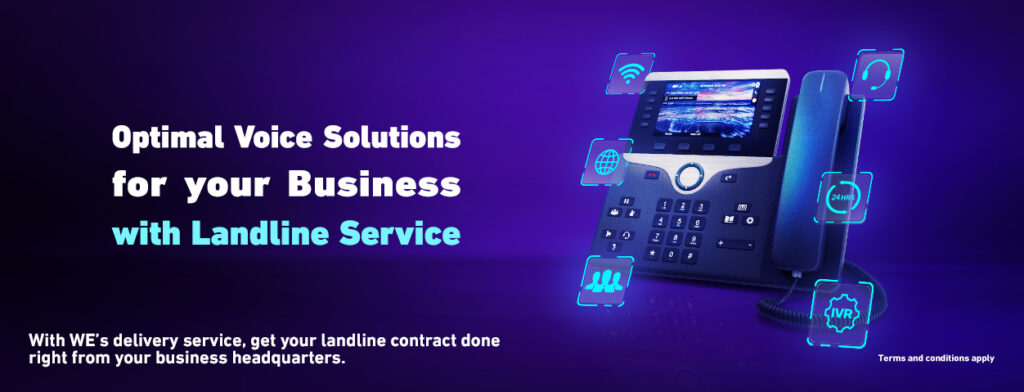Landline service refers to a residential or business telephone line that is associated with a fixed physical location. While the term traditionally referred to POTS (Plain Old Telephone Service) using copper wires, modern landline service has evolved and is now primarily provided using VoIP (Voice over Internet Protocol) technology or Wireless Home Phone solutions.
The primary reason consumers still choose a landline service is for reliability, especially during power outages, or because it is required for services like security systems and medical alert devices. However, many consumers are switching to feature-rich, cost-effective VoIP alternatives.
This comprehensive guide breaks down the different types of landline service, compares their costs and features, and lists the top modern providers.

The Three Types of “Landline” Service
The functionality of a fixed phone line depends entirely on the underlying technology used to transmit the signal.
- Traditional Landline (POTS)
| Feature | Details |
| Technology | Analog signals transmitted over dedicated copper wiring (POTS). |
| Power Dependency | Does NOT require home electricity or Internet access to function. |
| Reliability | Extremely high reliability, essential for medical alarms and basic 911 service during power outages. |
| Cost & Features | Highest monthly cost; lacks modern features; can have expensive long-distance rates. |
| Providers | Primarily legacy carriers like AT&T and CenturyLink (Lumen), with availability shrinking. |
- Digital Landline (VoIP)
| Feature | Details |
| Technology | Digital voice signals transmitted over a broadband Internet connection. |
| Power Dependency | Requires Internet and electricity to work. Will fail in a power outage unless backed up by a battery. |
| Reliability | Reliant on Internet quality; offers crystal-clear, HD audio quality. |
| Cost & Features | Lower monthly cost than POTS; includes advanced features like voicemail-to-email, simultaneous ringing, and robocall blocking. |
| Providers | Verizon Fios Digital Voice, Xfinity Voice, Spectrum Voice, and specialized providers like Vonage and VoIPLy. |
- Wireless Home Phone
| Feature | Details |
| Technology | Connects to the cellular network (4G LTE or 5G) via a fixed base station placed in the home. |
| Power Dependency | Requires electricity for the base station, but usually includes a battery backup for short outages. |
| Reliability | Relies on cell signal strength; does not require a wired copper or fiber line. |
| Cost & Features | Often the most affordable option with unlimited calling; simple, mobile-based setup. |
| Providers | US Mobile, T-Mobile, and other mobile carriers with home phone products. |
Comparison of Costs and Essential Features
| Feature | Traditional POTS (Copper) | Digital Landline (VoIP) |
| Average Monthly Cost | $45 – $75 (Often higher if not bundled) | $10 – $40 (Often included in bundles for less) |
| Connection Speed | Analog / Fixed Bandwidth | High-Definition / Relies on Internet Speed |
| Reliability in Outage | Yes (Runs on its own power grid) | No (Fails without battery backup) |
| Advanced Features | Basic (Caller ID, Call Waiting) | Rich Features (Simultaneous Ring, Voicemail-to-Email, Advanced Call Blocking) |
| Scalability | Low (Requires technician and new wiring for new lines) | High (New lines added instantly via software) |
| Setup | Professional technician required | Simple self-install (plug modem into Internet) |
Top Landline Service Providers
The best provider depends heavily on the service type you need and what is available in your area.
| Provider | Service Type | Standout Feature |
| AT&T | Traditional POTS / Digital Voice | True Landline (No Internet Required) for high reliability. |
| Verizon Fios | Digital Landline (VoIP) | Fiber-optic clarity (Fios Digital Voice) and strong bundles. |
| Spectrum / Xfinity | Digital Landline (VoIP) | Unlimited nationwide calling and advanced robocall blocking features. |
| Vonage / VoIPLy | Digital Landline (VoIP) | Highly affordable plans (starting as low as $10/mo) and great mobility apps. |
| US Mobile | Wireless Home Phone | Very low-cost, no-internet required option that uses the cellular network with a backup battery. |
Frequently Asked Questions
Can I keep my old phone number if I switch to VoIP?
Yes. All major VoIP and Digital Landline providers offer number porting (transferring your existing number) to their new service. The process is generally quick and seamless, taking anywhere from 1 to 10 business days depending on the complexity of the transfer.
Is a landline required for 911 service?
No, but traditional landlines offer the most reliable 911 service because they work during power outages and copper lines are less susceptible to network congestion. Modern VoIP services also include Enhanced 911 (E911), which automatically transmits your address to emergency dispatchers, but only works if your internet and power are operational (unless you have a battery backup unit).
Why are so many companies replacing copper landlines?
Telecommunication companies are phasing out traditional copper-wire (POTS) infrastructure because it is expensive to maintain, limits the ability to deliver modern high-speed data, and is technically obsolete compared to fiber and digital technologies. Most providers are migrating customers to a digital (VoIP) equivalent that works over their internet or fiber network.


